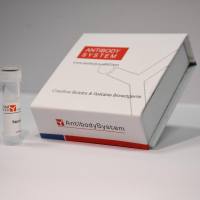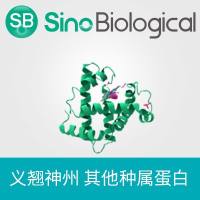Evaluation of RNA Chaperone Activity In Vivo and In Vitro Using Misfolded Group I Ribozymes
互联网
554
Here two methods to measure RNA chaperone activity in vivo and in vitro are described. In both assays folding of a misfolded group I intron RNA into the splicing-competent form in the presence of proteins with RNA chaperone activity is measured. Folding is evaluated indirectly by assessing the difference in splicing activity with or without proteins with RNA chaperone activity. In vitro, we use the thymidylate synthase (td ) group I intron of phage T4 that is split into two halves. As a consequence this split ribozyme is only capable to fold and in turn to splice in trans at elevated temperatures. Proteins with RNA chaperone activity enable splicing of the split intron at lower temperatures. This difference in splicing activity is measured to assess the efficacy of the RNA chaperone. In vivo, a mutant variant of the td group I intron is trapped in a misfolded conformation, resulting in a reduced splicing activity. Over-expression of proteins with RNA chaperone activity results in an increase in splicing in vivo, as these proteins resolve the misfolded conformation.









